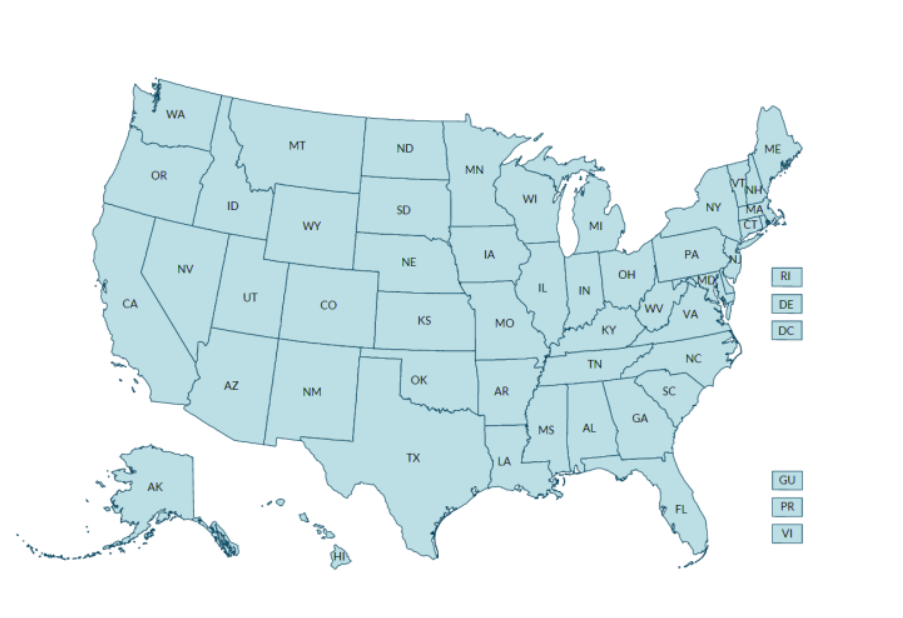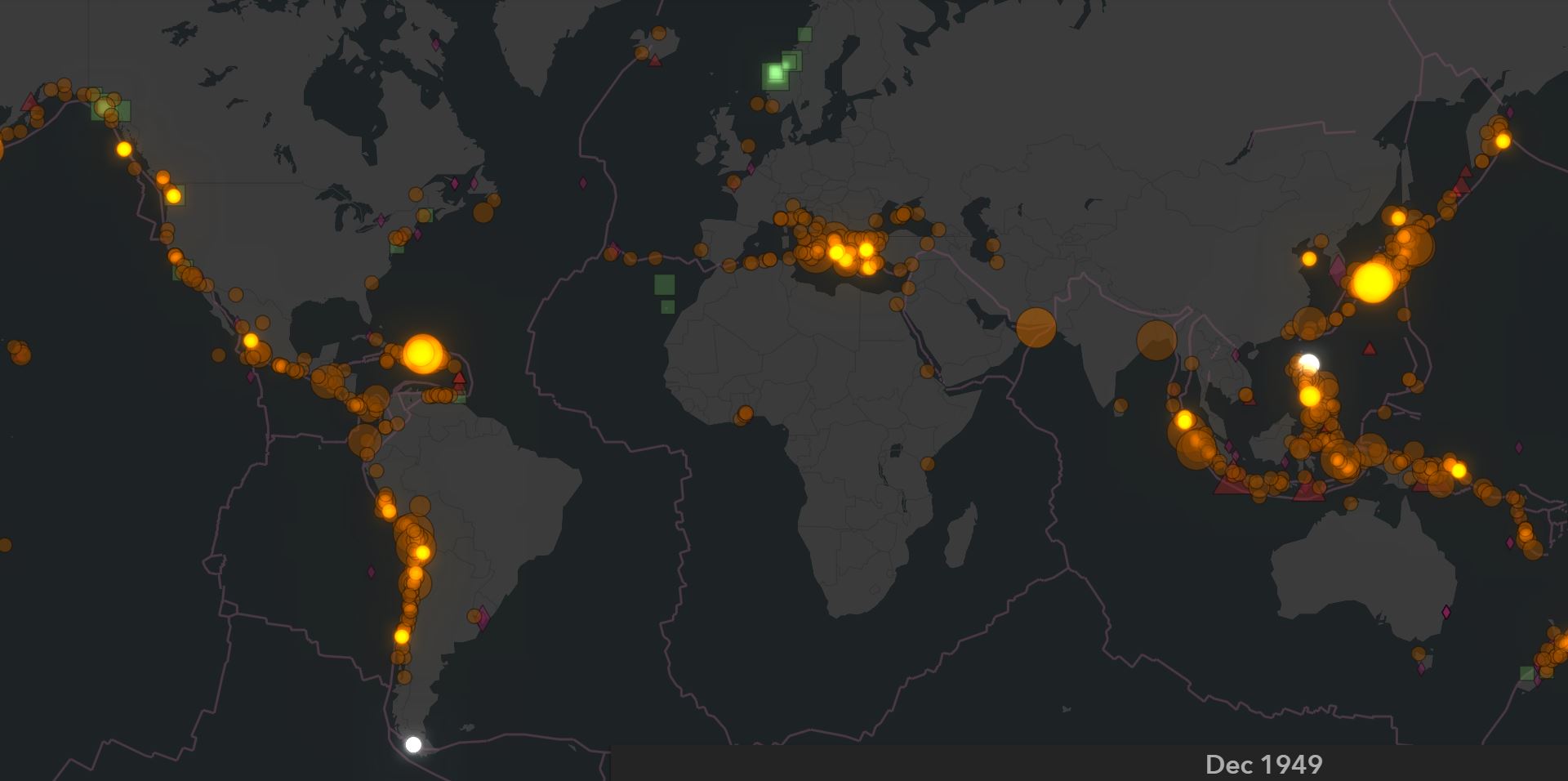Childhood obesity continues to be a major challenge within the US, and despite our best attempts to tackle the issue, 1 in 5 children and adolescents are affected by it. And although we have several means of collecting the data — to include the Center of Disease Control (CDC), the National Center for Children’s Health (NSCH), and others — rarely does the data point us to one, singular causation.
However, there are several health tools that can be used to examine the issue, and some, like the CDC Data, Trends, and Maps tool (as we’ve used below), can be used to effectively visualize and analyze childhood obesity for any state and/or territory in the United States.
By understanding child obesity, federal agencies, non-profits, and other organizations can forecast future trends, identify socioeconomic needs, reevaluate programs and tax policies, prioritize financial assistance, and effectively measure programs that have a direct effect on childhood health.
Use the data and interactive tool(s) below to explore childhood obesity rates for every state in the U.S. Compare the rates below, see why some states are higher than others, and understand the difference between obese and overweight. Pair the data with other interactive demographic and social tools to explore the issue further.
Childhood Obesity Rates by State
| Rank | State | Percent Obese | Percent Overweight |
|---|---|---|---|
| 1 | Mississippi | 23.4 | 18 |
| 2 | West Virginia | 22.9 | 16.5 |
| 3 | Arkansas | 22.1 | 19.8 |
| 4 | Tennessee | 20.9 | 18.3 |
| 5 | Kentucky | 18.4 | 17.8 |
| 6 | Missouri | 18.4 | 16.1 |
| 7 | Georgia | 18.3 | 18.1 |
| 8 | Oklahoma | 17.6 | 18.1 |
| 9 | Alabama | 17.2 | 20.1 |
| 10 | Iowa | 17 | 15.9 |
| 11 | Texas | 16.9 | 17.8 |
| 12 | Ohio | 16.8 | 12.2 |
| 13 | South Carolina | 16.6 | 16.3 |
| 14 | Louisiana | 16.5 | 17.8 |
| 15 | Hawaii | 16.4 | 14.4 |
| 16 | California | 15.9 | 15.2 |
| 17 | North Carolina | 15.4 | 16 |
| 18 | Pennsylvania | 15.4 | 14.5 |
| 19 | Michigan | 15.3 | 16.1 |
| 20 | Illinois | 15.2 | 15.5 |
| 21 | New Mexico | 15.2 | 15.8 |
| 22 | Delaware | 15.1 | 16.6 |
| 23 | Kansas | 15.1 | 15.7 |
| 24 | Maine | 14.9 | 14.8 |
| 25 | Alaska | 14.8 | 15 |
| 26 | Virginia | 14.8 | 15.8 |
| 27 | Oregon | 14.5 | 17 |
| 28 | Wisconsin | 14.5 | 14.6 |
| 29 | Connecticut | 14.4 | 14.9 |
| 30 | Rhode Island | 14.3 | 14.6 |
| 31 | Massachusetts | 14.2 | 14.8 |
| 32 | South Dakota | 14.1 | 15.6 |
| 33 | Florida | 14 | 16.1 |
| 34 | North Dakota | 14 | 16.5 |
| 35 | Indiana | 13.6 | 17.3 |
| 36 | Minnesota | 13.4 | 12.2 |
| 37 | New York | 13.4 | 16.3 |
| 38 | Arizona | 13.3 | 17.4 |
| 39 | Nebraska | 13.3 | 12.8 |
| 40 | Washington | 13.3 | 15.1 |
| 41 | Vermont | 13.1 | 13.7 |
| 42 | Maryland | 12.8 | 15.7 |
| 43 | New Hampshire | 12.7 | 14 |
| 44 | Nevada | 12.3 | 16.7 |
| 45 | Idaho | 12.1 | 12.4 |
| 46 | New Jersey | 11.9 | 14.7 |
| 47 | Montana | 11.5 | 13 |
| 48 | Wyoming | 11 | 14.6 |
| 49 | Colorado | 10.3 | 11.7 |
| 50 | Utah | 9.8 | 12.3 |
| National | 15.5 | 16.1 |

CDC Data, Trends, and Maps Tool: An interactive database that provides users with national and state-level data about obesity/weight, breastfeeding, physical activity, sugar drinks, fruits and vegetables, and television watching. Click here to use the tool.

Millennial Cities
Want free articles, news, tools, and information? Subscribe below and we’ll add you to the list!
